
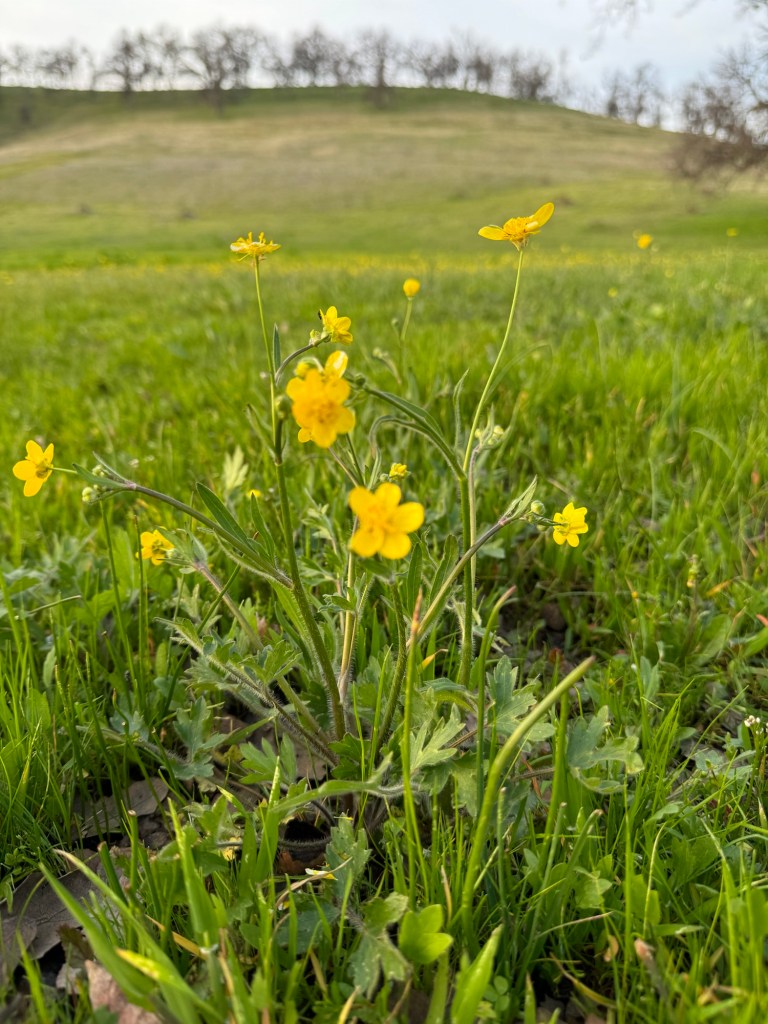
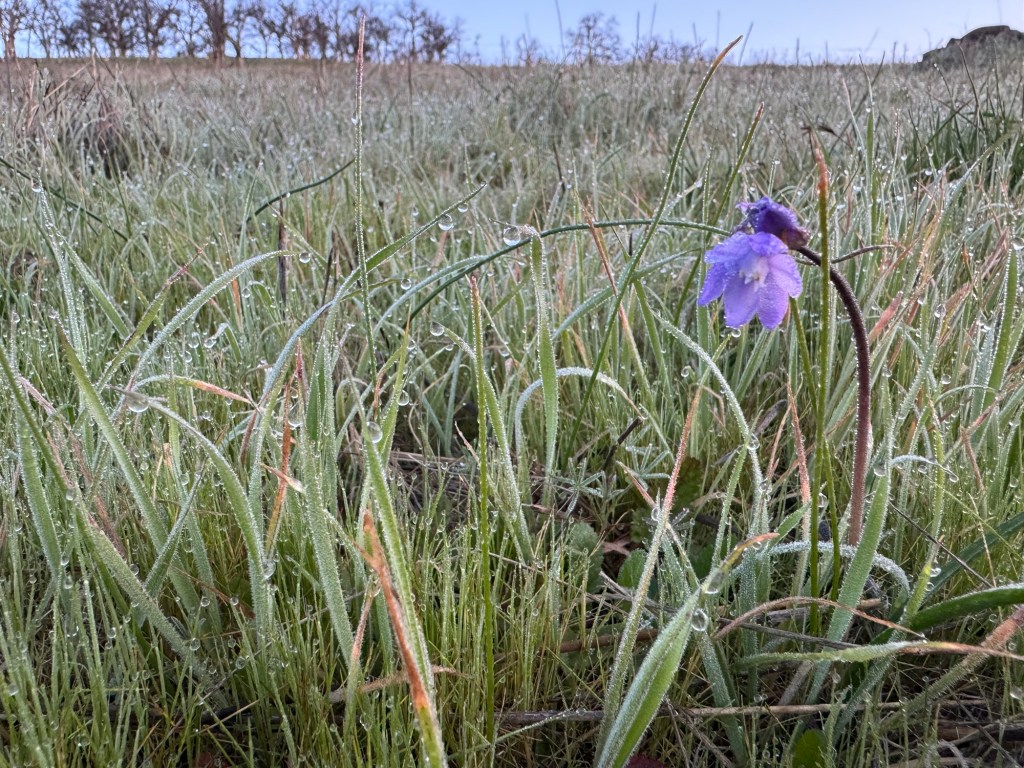

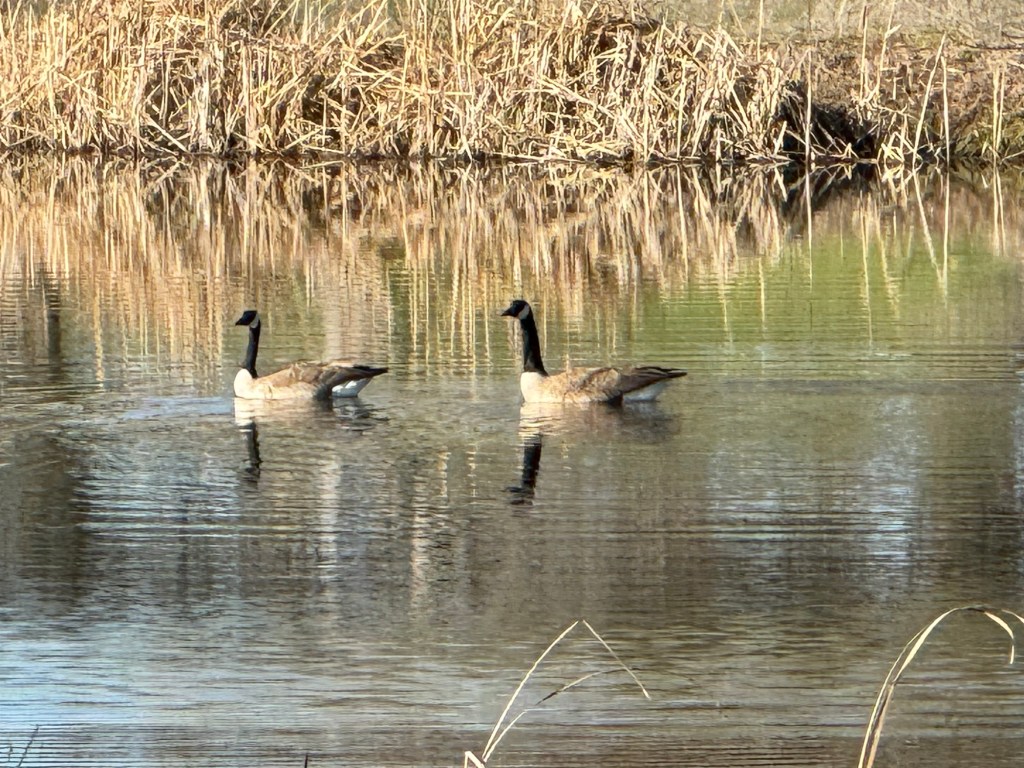









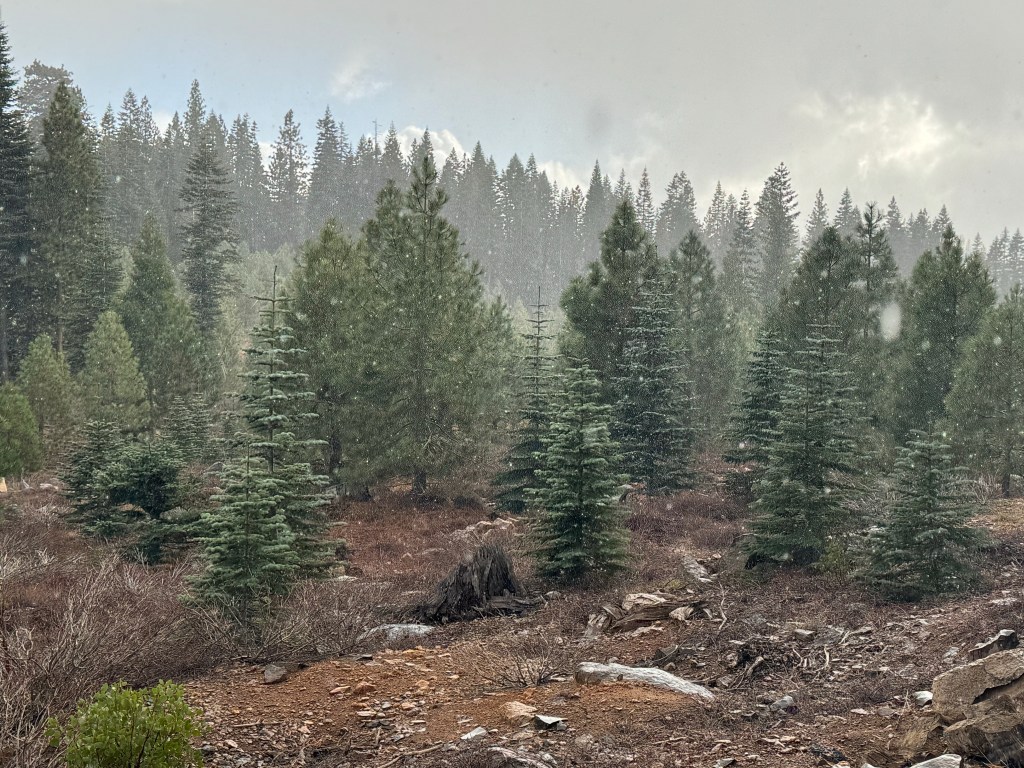





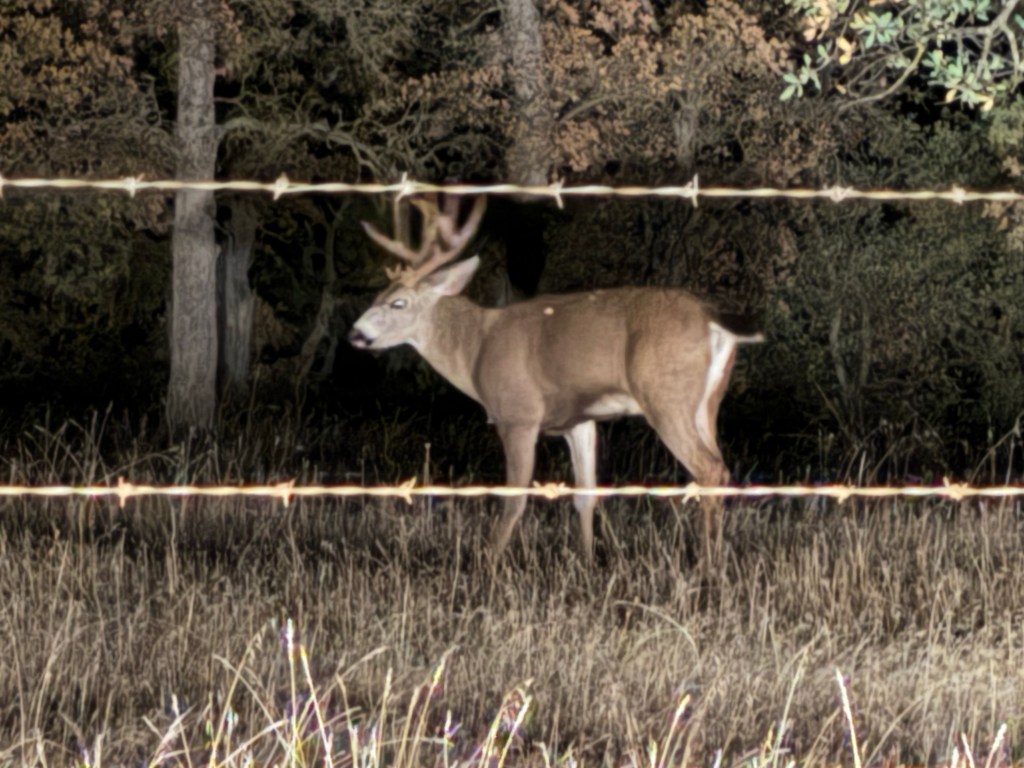
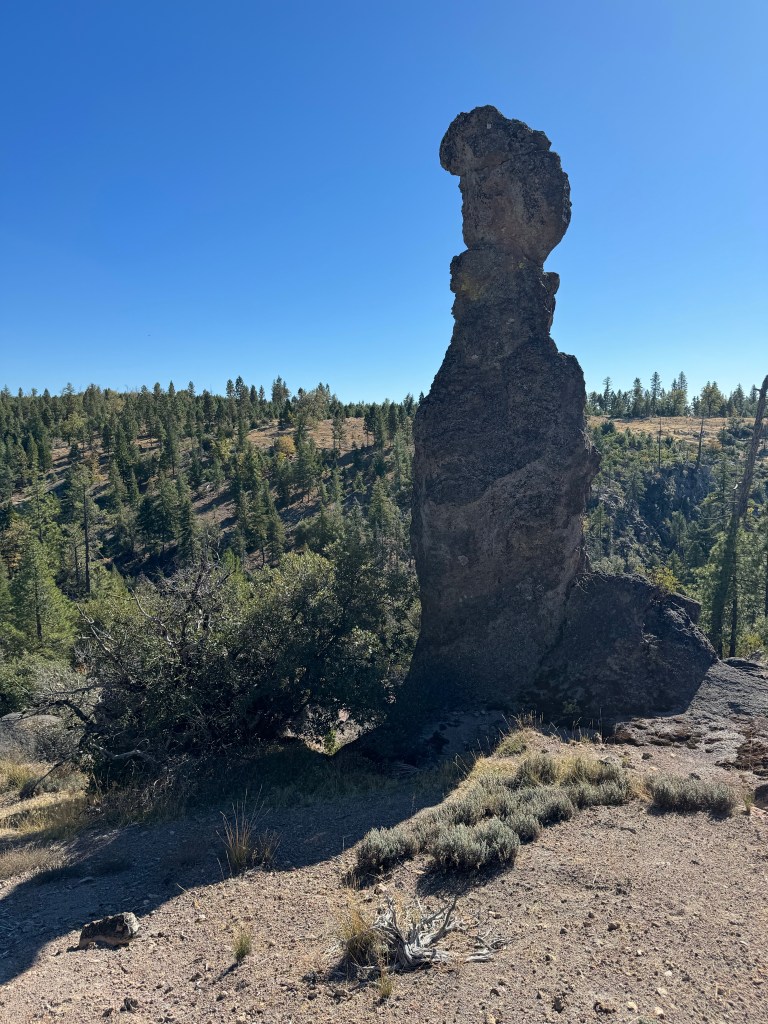

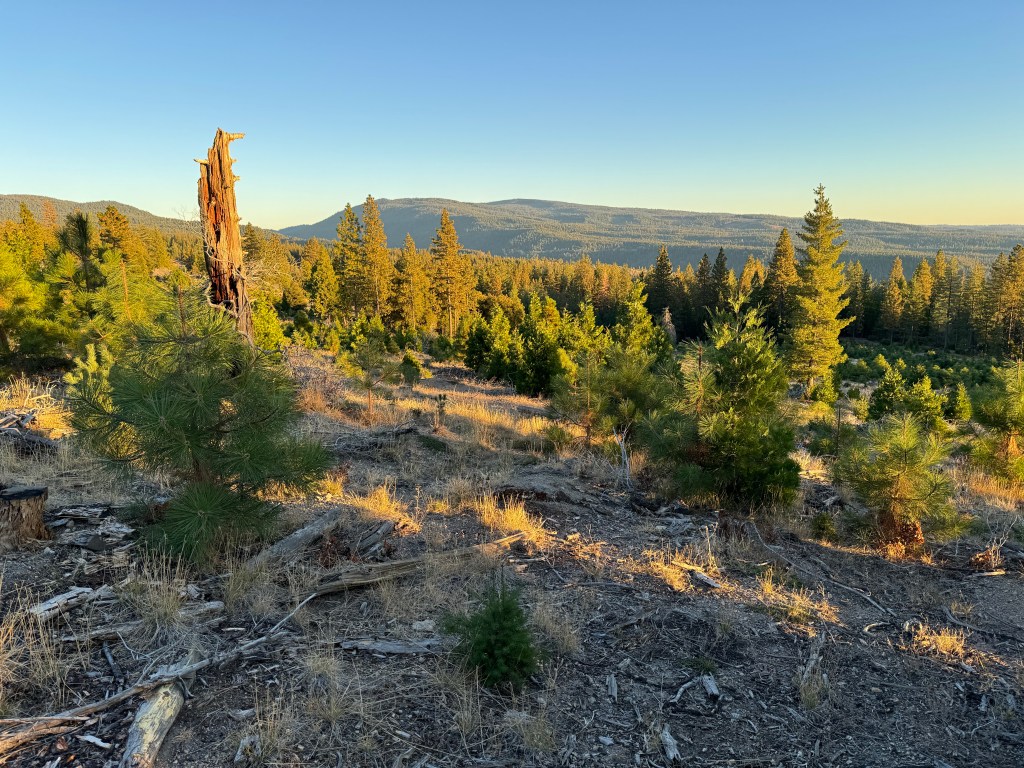
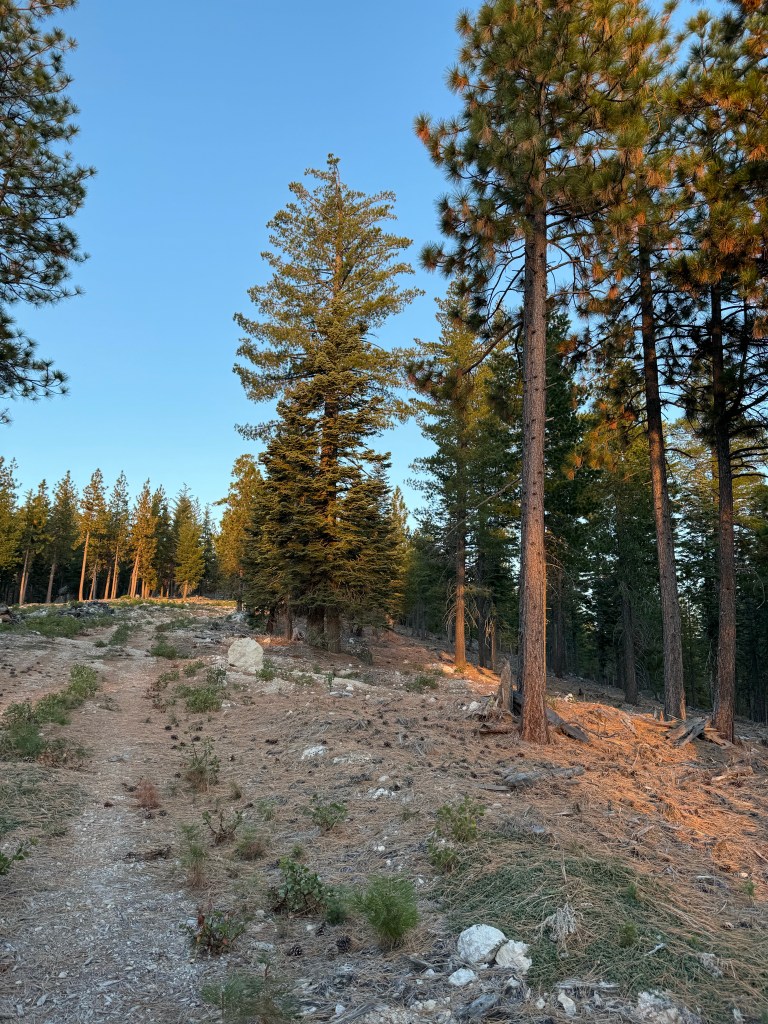


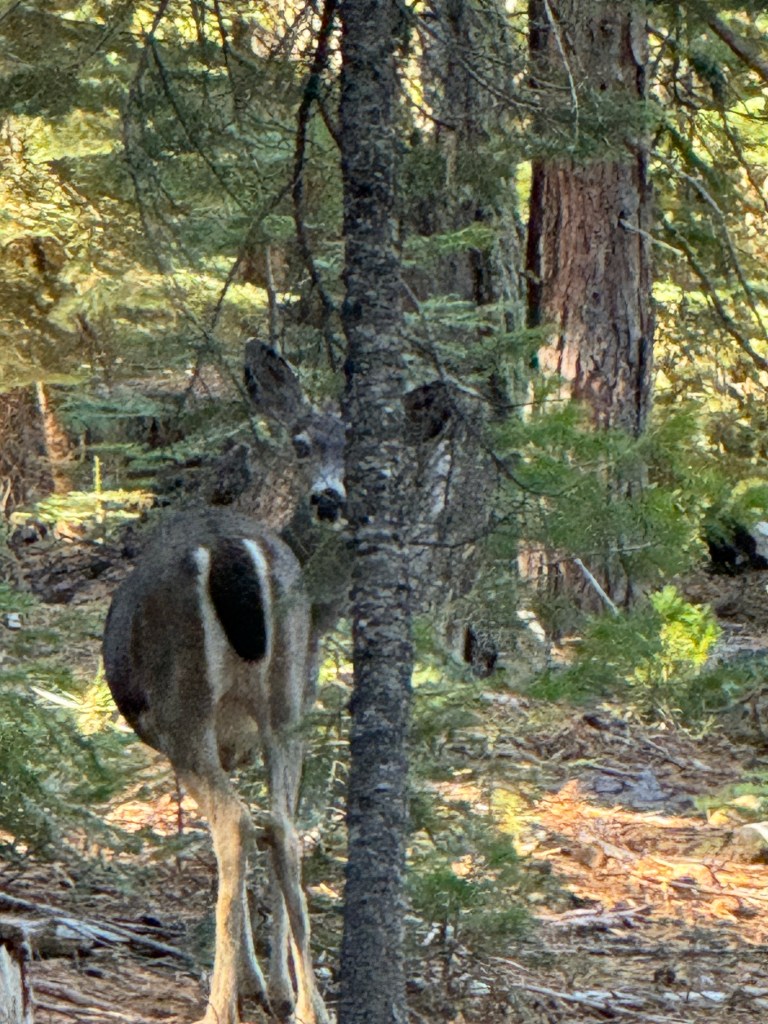

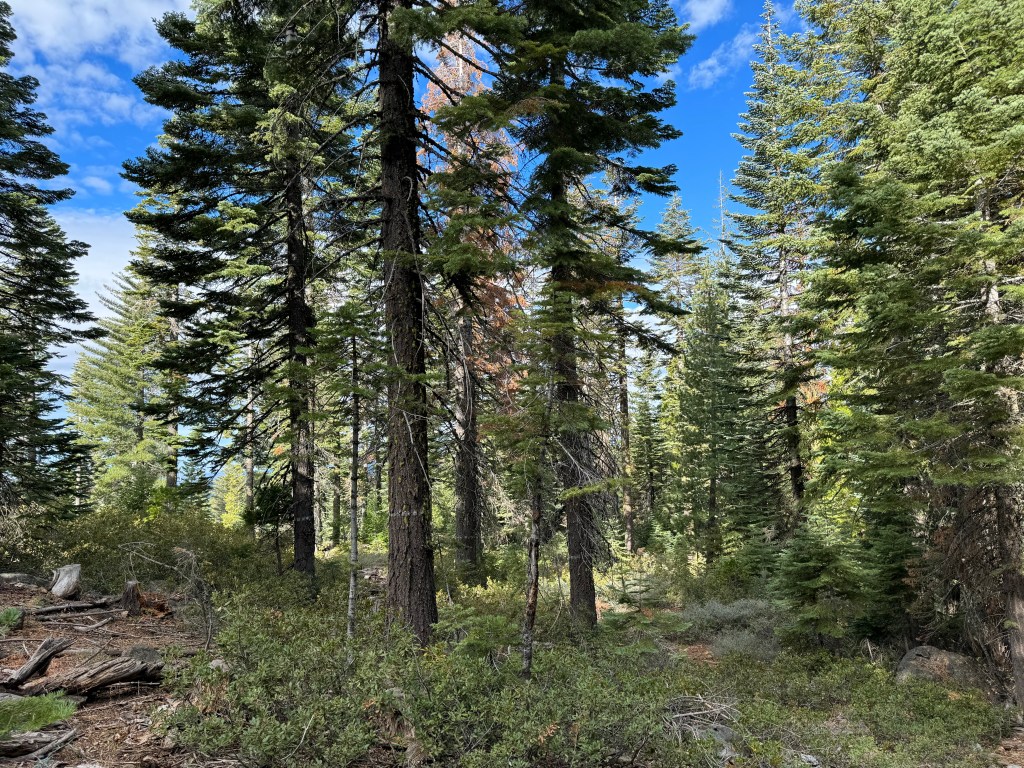







In my happy place.







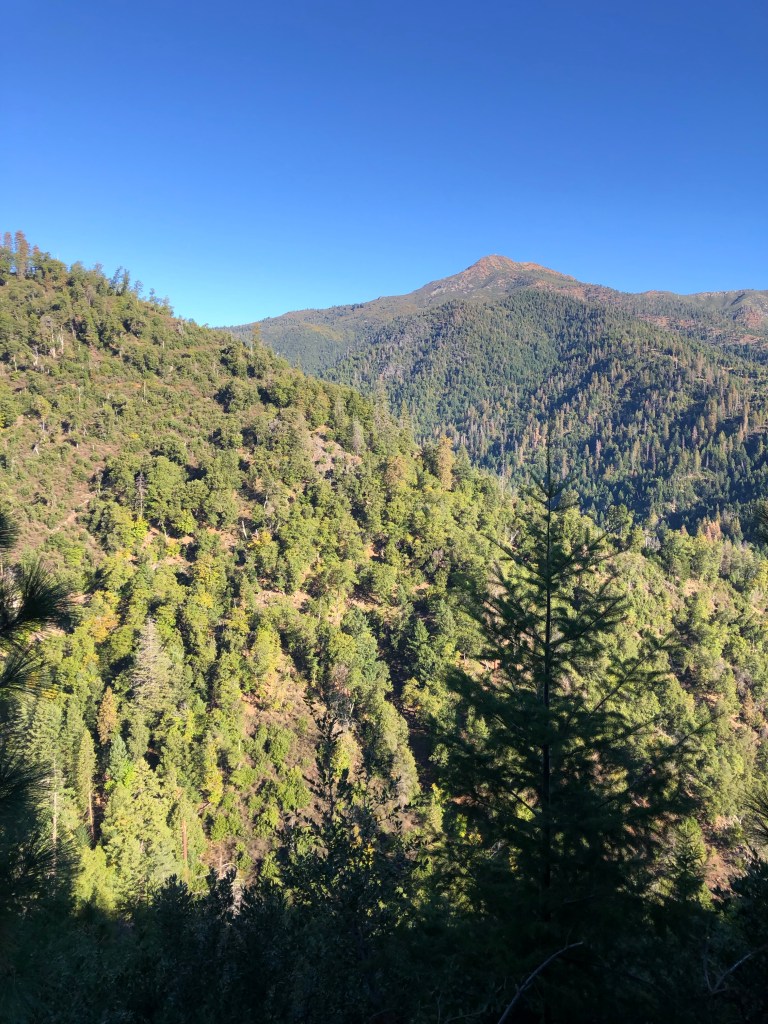
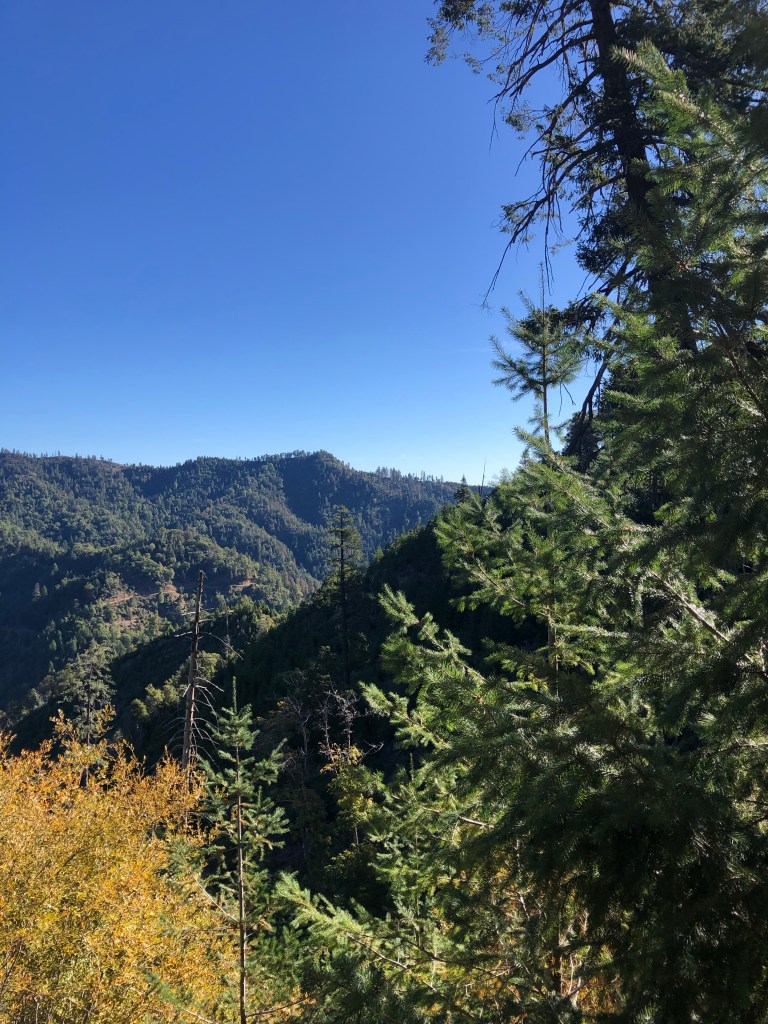


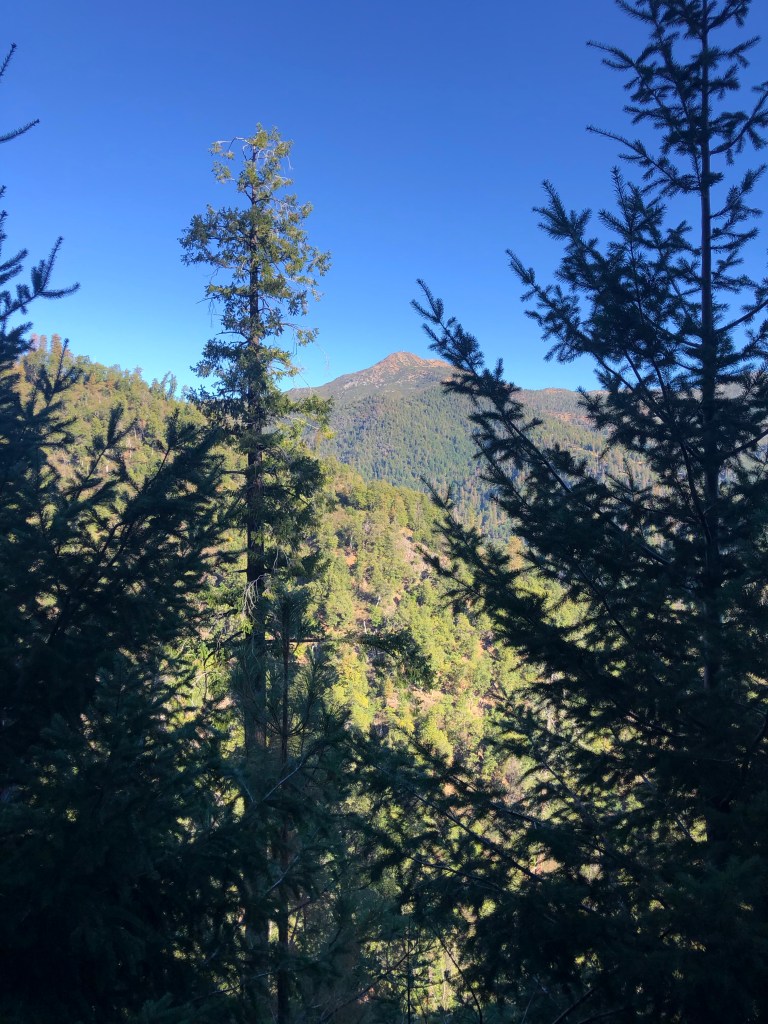










Pen and ink, 12”x 9”.

Pen and ink, 9”x12”.
Acorn woodpeckers cache away acorns in granaries. This way they feed on them all year. They peck holes in trees, utility poles, buildings, or other wooden items and stuff the acorns into the holes. They’ll even find a cavity in a tree or other things and fill it with acorns. I used to have a tractor that they filled the exhaust stack with acorns and when I started it up, it shot acorns out the stack like anti-aircraft shells. They are industrious and cantankerous birds! They seem to bicker with each other quite a lot. They are one of the most common birds on our property. I have a love hate relationship with them.
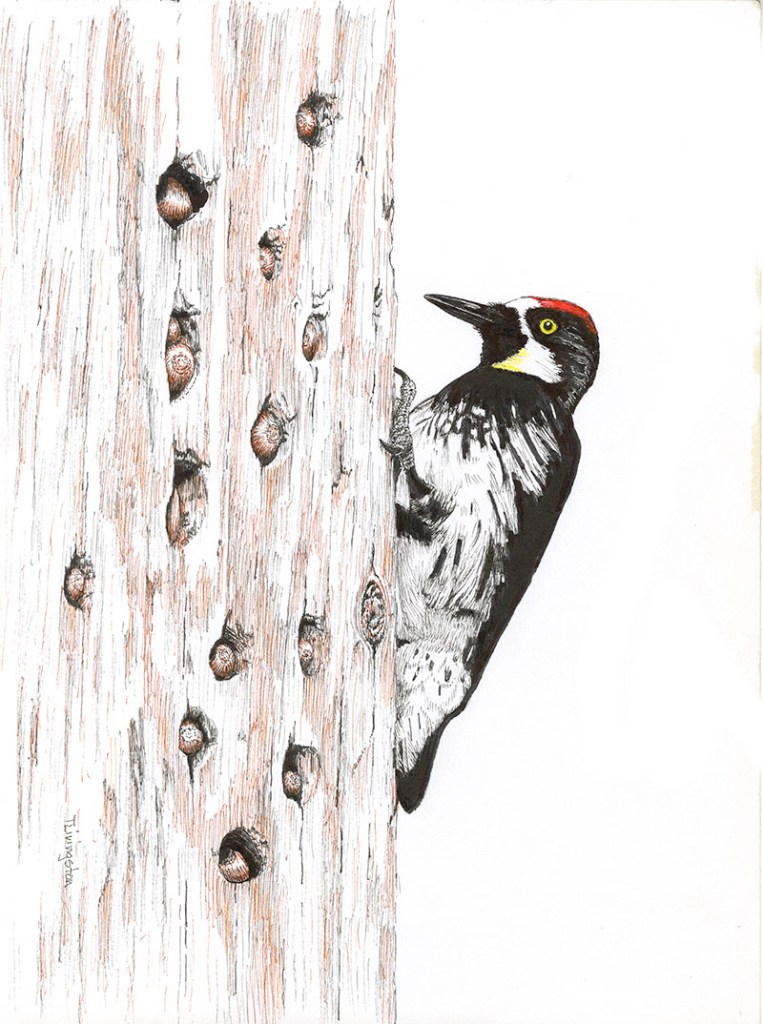
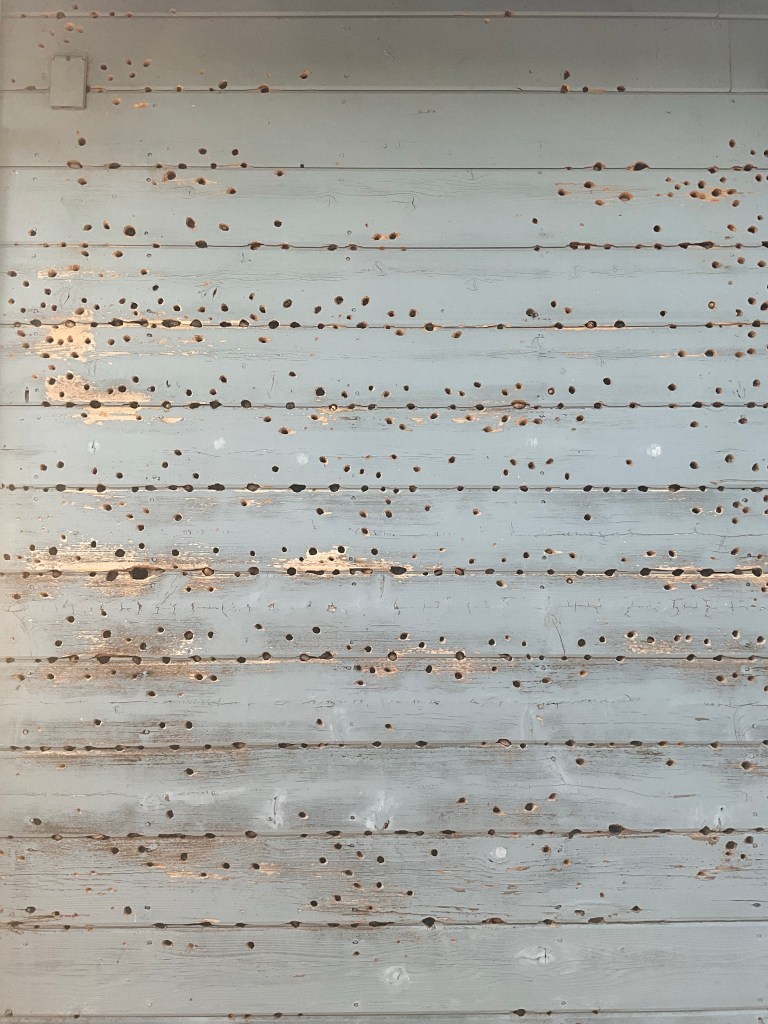
Bald-Faced Hornet, pen and ink, 12″x9″. These hornet are more feared by loggers and forester than black bears. By weight they are the fiercest critters in the woods.

Chipmunk in pen and ink. I took a photo of this chipmunk on the Lassen National Forest sometime ago. He appeared to be on guard duty, but I really think he was posing.

I played around with some different fish styles for a fish book project. Here’s the catch of the day.
This one is mixed media pen and ink/watercolor.

The next is mixed media also.

The last one is straight watercolor.
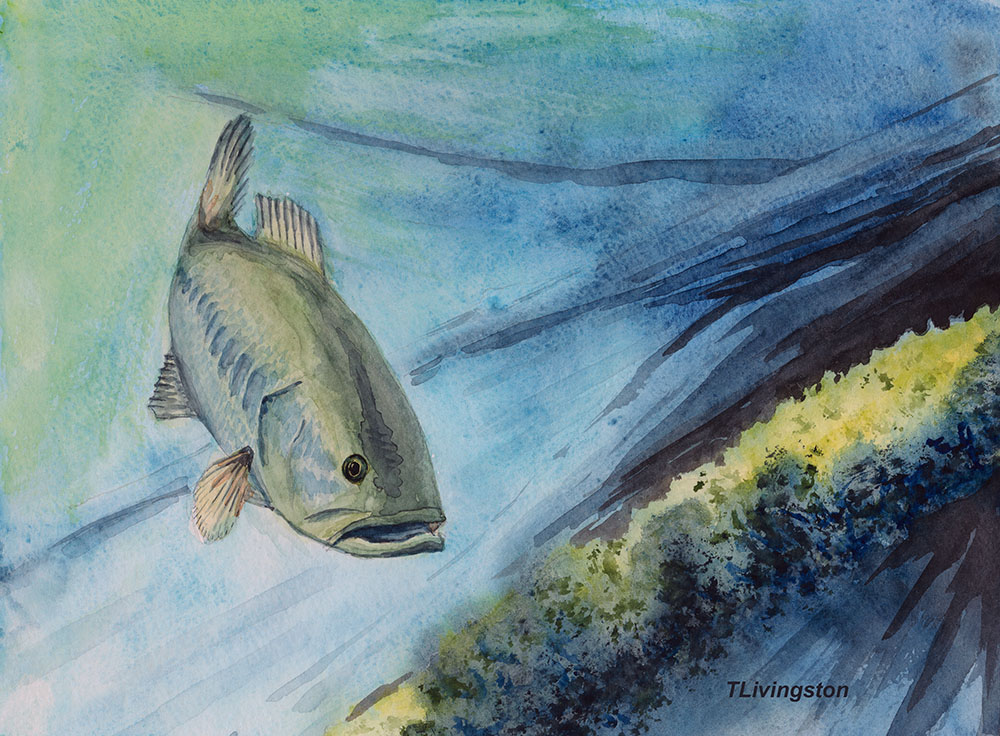
I did these some time back and plan to do something totally different. I thought they’d be fun to post together. Do you have a favorite?
I timed my process on this piece.

I was ask once on a webinar how long did it take to do a pen and ink. I wasn’t sure. I rarely take time to complete a piece in one sitting. The process for me is usually broken down into segments done when I have time to draw. This time I wrote down my time as I completed different segments. Here’s how it broke out.


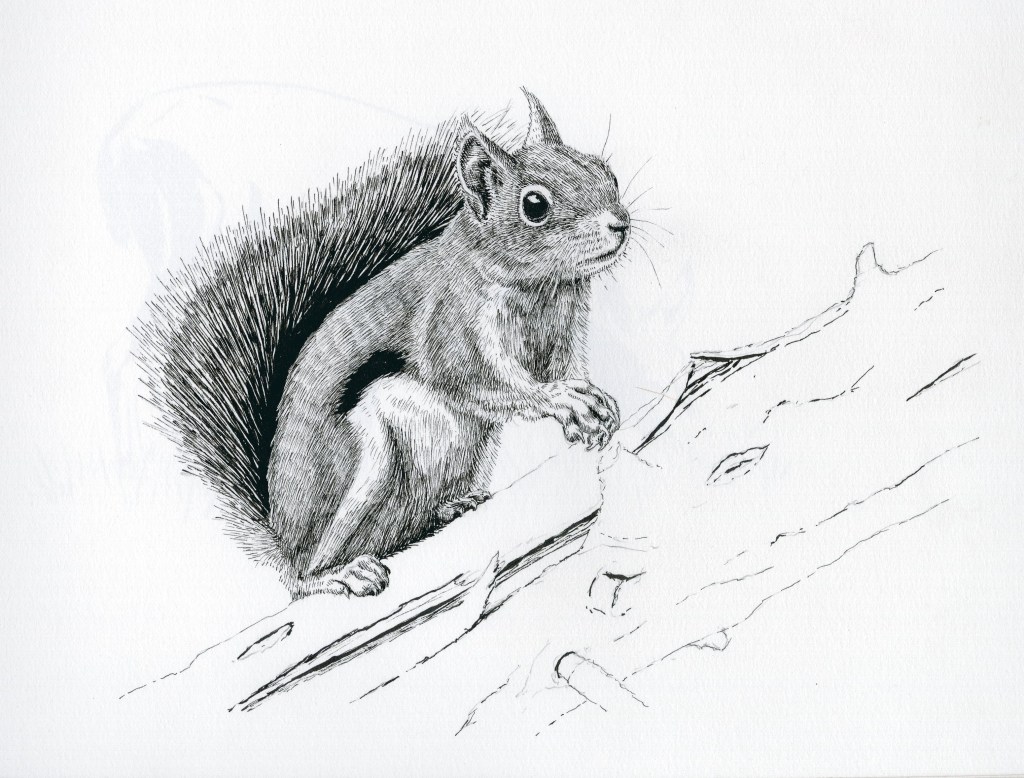

The final time was 6 hours and 15 minutes. It was done over approximately 10 sessions averaging 37 minutes each. I drew during lunch breaks, while waiting a doctor appointments, sitting at road construction and in the evening at home. It was not efficient and I probably could have done it in 4 hours without interuption. I draw when I can.

Douglas Squirrels, (Tamiasciurus douglasii) are small squirrels. They’re smaller than gray squirrels and larger than chipmunks. John Muir described them thus, “He is, without exception, the wildest animal I ever saw,—a fiery, sputtering little bolt of life, luxuriating in quick oxygen and the woods’ best juices.” I think of them as the security alarm of the forest. When one is disturbed it sounds it’s loud chirping alarm and it doesn’t care whether it’s alarming on a person, deer or bear. Once they start, they won’t stop until you leave.
